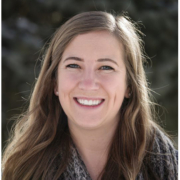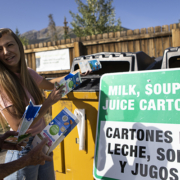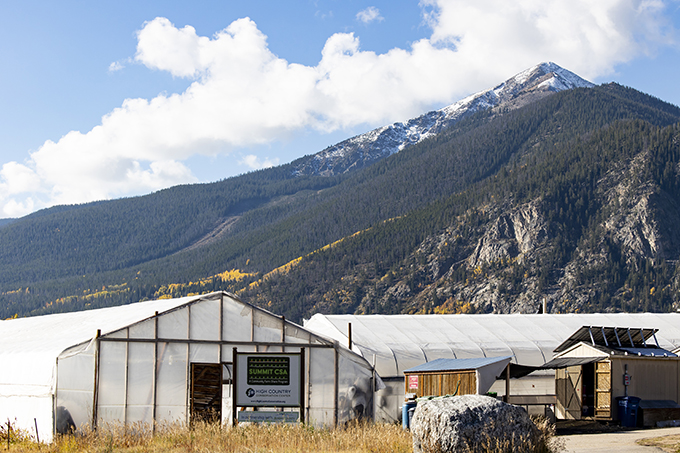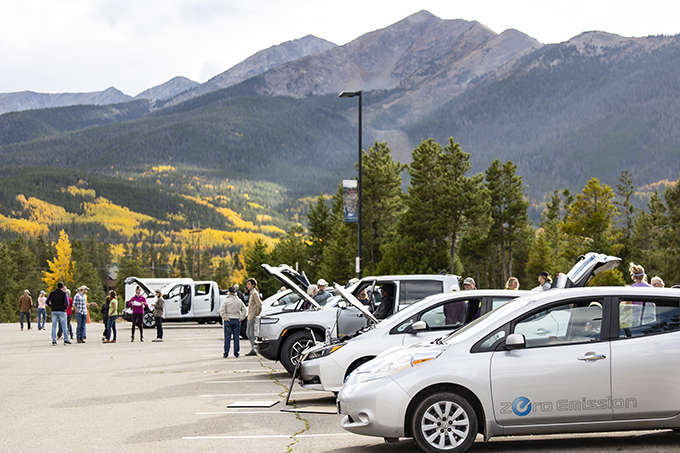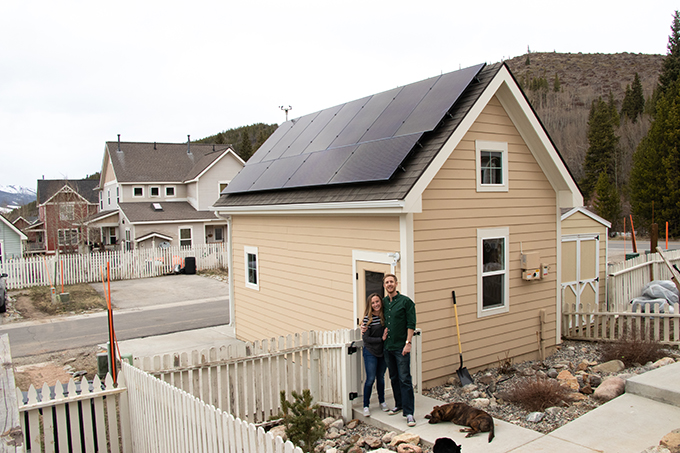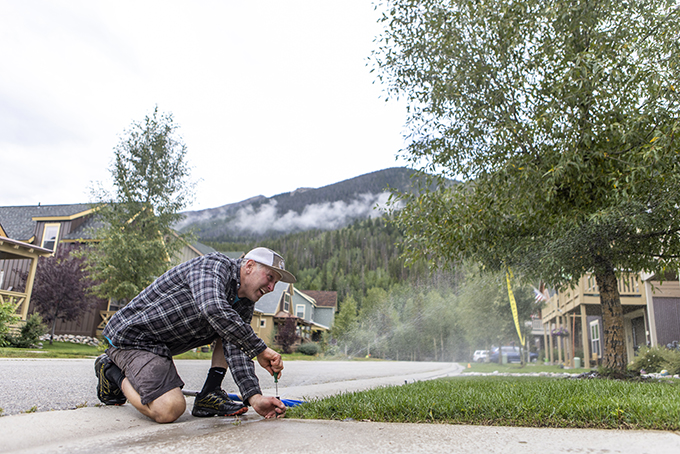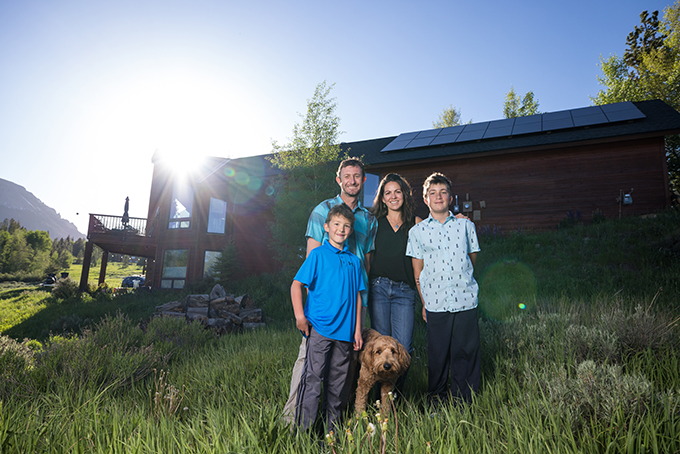Breckenridge Grand Vacations (BGV) is pleased to announce that Tara Dew is joining the newly created Community Impact Department as the next BGV Gives Program Manager. This new department further embraces BGV’s triple bottom line, which encompasses people, planet, and prosperity.
Dew comes to this position with a wealth of experience, having served for five years at The Summit Foundation (TSF) as a Program Coordinator initially, then Program Manager and most recently as Program Director. Previously, Dew spent three years at St. Anthony Hospital in the role of Community Health Advocate followed by a promotion to Senior Community Health Advocate after her first year. Her professional career also includes a summer with AmeriCorps in Austin, Texas and two summers with Rustic Pathways in Costa Rica and various countries in Southeast Asia. Dew’s departure from TSF is “bittersweet,” said TSF Executive Director Jeanne Bistranin. “We are so happy for Tara and this new opportunity, while also sad to see her leave. The good news is that we will continue to work very closely with Tara, especially regarding our golf tournament and the BGV Gives Program. We wish Tara all the best and thank her for her excellent work at The Summit Foundation!”
Dew will begin her new role with BGV in early December, at which time job training will commence with retiring BGV Gives Program Manager, Deb Edwards. “I could not have wished for a better opportunity or better company to work for to end my 43-year career in Summit County. No day is ever the same at BGV Gives,” said Edwards. For a brief time, Edwards will continue to be available to support Dew and BGV Gives, as needed.
Edwards started as a part-time clerk typist at Colorado Mountain College in 1979 and worked her way up through almost every position available to become the Director of Community Education in Summit County. In 1985, she became the first Executive Director of The Summit Foundation, a role she held for 21 years, followed by the first Chief Development Officer for the Summit Medical Center Health Foundation.
“BGV Gives was my dream job. I am grateful to Mike (Millisor) and Mike (Dudick) for allowing me the privilege of taking this legacy to Rob (Millisor) and the Breckenridge Grand Vacations philanthropy program to new heights. I am confident that Tara will successfully continue this important and unique work,” Edwards continued. “I have always said that I never worked a day in my life. Being involved in these four community organizations has never felt like work, but rather pure joy. I am grateful to every colleague, donor, volunteer, community, and board member who I had the pleasure of ‘working’ with along the way. I am looking forward to spending more time with friends and family, travelling, volunteering and simply enjoying Colorado. But most of all, having more time with my only grandchild, Harper. And of course, visiting Summit County now and again to enjoy all this community has to offer.”

